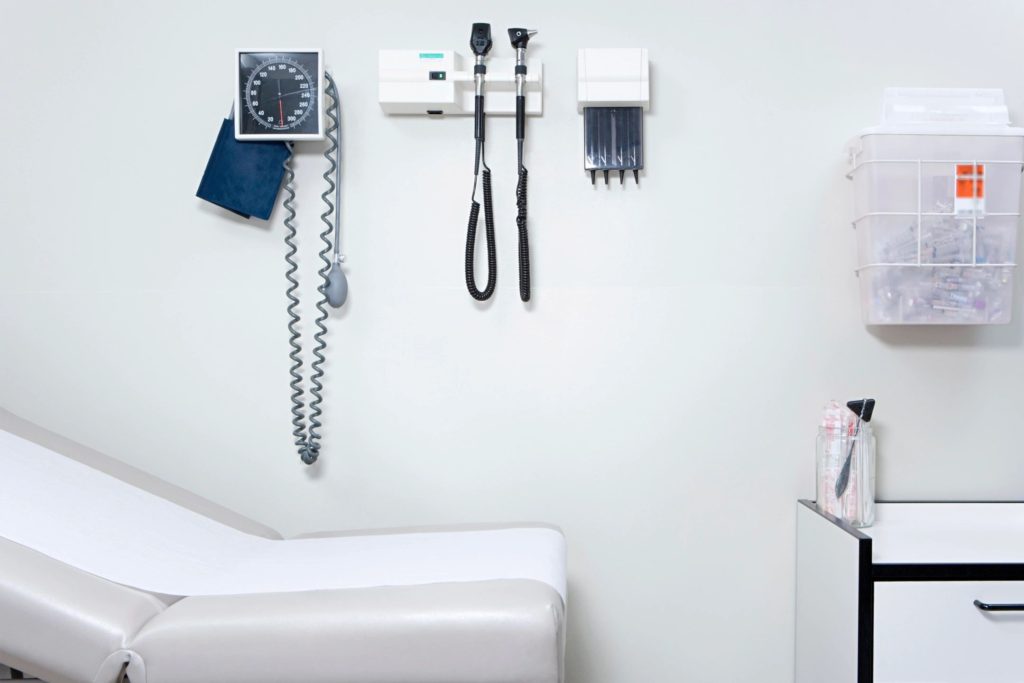Meigs Health Today: World TB Day


Public Health Nurse
March 24th is known as World TB Day and is a day to educate the public about the impact of TB (Tuberculosis). In 1882 Dr. Robert Koch announced his discovery of Mycobacterium tuberculosis, the bacillus that causes tuberculosis (TB).
Tuberculosis (TB) is a bacteria that usually attacks the lungs, but TB bacteria can attack any part of the body such as the kidneys, spine, or brain. Not everyone that gets infected with TB becomes sick. This is why we have two TB-related conditions: 1) latent TB infection (LTBI) and 2) TB disease.
TB bacteria is spread through the air from person to person. When a person with TB of the lungs or throat coughs, speaks, or sings, the TB bacteria can get into the air. If a person is nearby, they can breathe in this bacterium and it can settle in the lungs and start to grow. From there, the bacteria can move through the blood and to other parts of the body, such as the kidneys, spine, or brain. TB in the lungs or throat can be infectious. This means that the bacteria can spread to other people. TB in other parts of the body, such as the kidneys or spine, is usually not infectious. People with TB are most likely to spread it to people they spend time with every day such as family members, friends, and coworkers/schoolmates.
TB is NOT spread by:
kissing
sharing food/drinks
sharing toothbrushes
touching bed linens or toilet seats
shaking hands
Symptoms of TB depend on where in the body the TB bacteria is growing. TB bacteria usually grows in the lungs, which is called pulmonary TB. TB in the lungs may cause symptoms such as:
a bad cough that lasts 3 weeks or longer
coughing up blood/sputum (deep in the lungs)
chest pain
Other symptoms of TB:
night sweats
fever
chills
no appetite
weight loss
weakness/fatigue
Symptoms of TB in other parts of the body depend on the area that is affected. People who have latent TB infection:
do not feel sick
do not have any symptoms
cannot spread TB to others
In general, people at high risk for developing TB fall into two categories:
1) People who have been recently infected with TB bacteria
2) People with medical conditions that weaken the immune system
There are two types of tests for TB infection: the TB skin test and the TB blood test. A healthcare provider should choose which TB test to use.
It is important to know that a person who is exposed to TB bacteria is not able to spread the bacteria to other people right away. Only people with active TB can spread to others.
There are a few treatments recommended for TB disease. TB treatment can take 4, 6, or 9 months depending on the regimen. A person’s healthcare provider will decide which treatment is right for them. If not treated properly, TB disease can be fatal.
Some TB info in the United States from 1953-2021(cases per 100,000) has had a decrease per the CDC. (cdc.gov)
1953 there were 84,304 cases at 52.6%
2021 there were 7,882 cases at 2.4%
If you think you have been exposed to someone with TB disease, you should contact your healthcare provider about getting a TB skin test or a special TB blood test. Be sure to tell your healthcare provider or nurse when you spent time with the person who has TB disease. For more information, contact your healthcare provider.

Michelle Marcum, BSN, RN
Public Health Nurse






